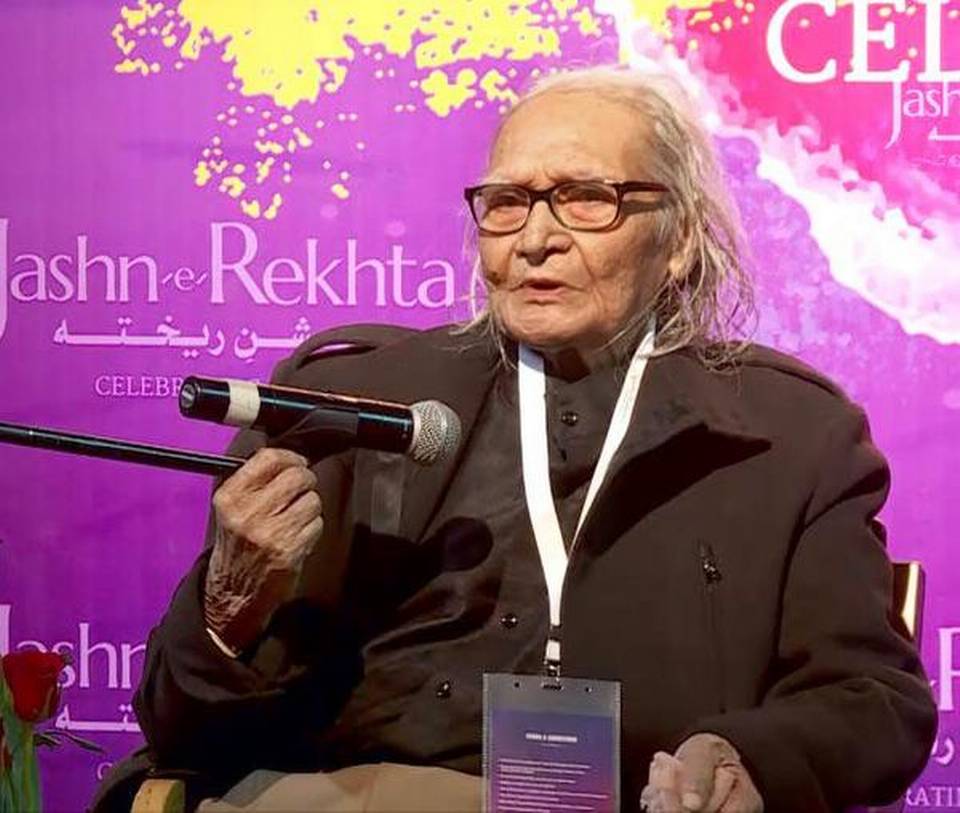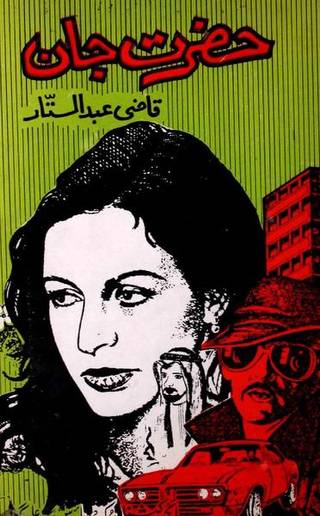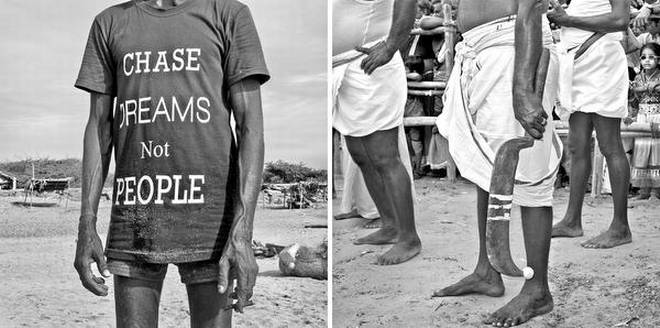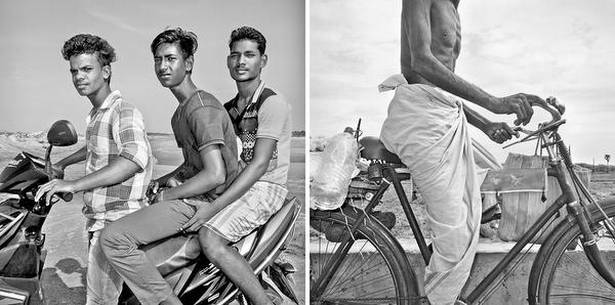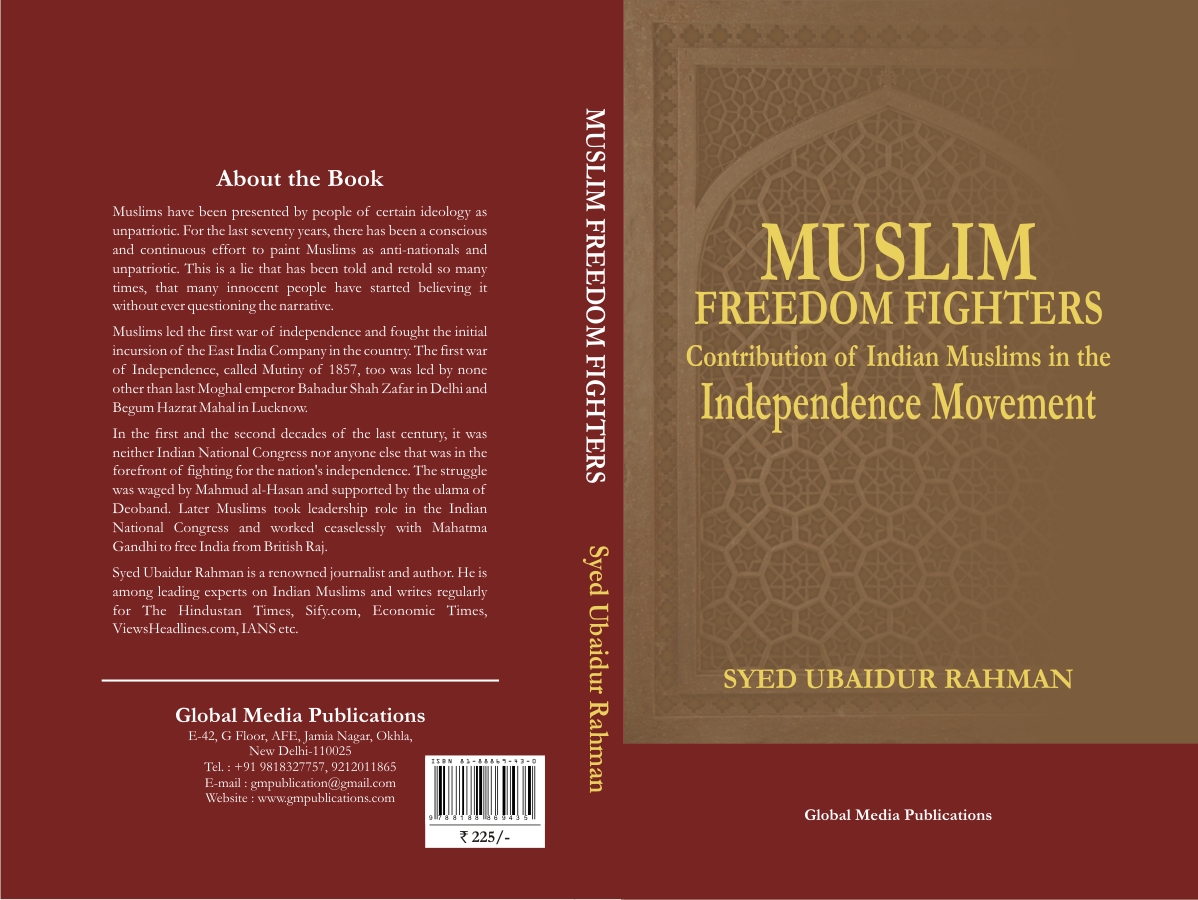Munger, BIHAR :
The long history of social change at Khanqah Rahmani. Where freedom fighters and future leaders meet. Rahmani30 has sent 513 students to different IITs and 838 students to the National Institutes of Technology (NITs)

Munger:
When you reach Khanqah Rahmani during the last asra (phase) of Ramadan, you will find hundreds of people doing itikaf – a ritual, in which faithful reside inside the mosque from the night of the 21st Ramzan till the sighting of the Eid Moon. They pray and fast and reside there only. Mohammed Salauddin, is a regular for itikaf for three decades.
The 64-year-old man remained associated with Khanqah for the last 32 years.
And the obvious question arises, what does he get by giving so many years of his life in the Khanqah?
“Everything,” the tall man gives a single-word answer. And adds, “I am an angutha chap (an illiterate person). For employment, I got a driving license in 1982, and since then I started working for the Rahmani Saheb family. And did other jobs as well but remained attached to the Khanqah.
“Later Salauddin got married and became the father of two sons. Both of his children studied in Jamia Rahmani.
“I became hafiz from Jamia and then did an initial study of Alimiat from here. And went to Deoband for the completion of Alimiat. And took a graduation degree from Munger, MA from CCU Meerat, BEd from Haryana, Mass communication from Jamia Millia Islamia. I cleared state and centre level teacher’s eligibility tests. Then sat in the examination of Bihar Public Service Commission’s TRE2 and became a teacher in February this year,” informs Mohammed Najmuddin, Salauddin’s son. Najmuddin is also pursuing a PhD from Munger University.
Najmuddin is not alone. Along with him, Mohammed Mudassar Usmani (MA, MEd), Akbar (MA, BEd) and Mohammed Hassan (BA, BEd) all are huffaz of Khanqah Rahmani who cleared the BPSC TRE 1 and 2 and have become teachers in 2023 and 2024.
Najmuddin’s elder brother Shahabuddin also a hafiz from Jamia is now an officer in the National Council For Promotion Of Urdu Language, has done a BA from Jamia Millia Islamia, MA from Maulana Azad Hyderabad, qualified NET and done an MPhil from Delhi University before joining NCPUL, Delhi.
“All these were possible for a person like me because of Khanqah Rahmani and its educational centres,” claimed Salauddin, the father.

APJ Kalam and Mohammed Wali Rahmani in Khanqah Rahmani in 2003 | Arranged
The history of Khanqah Rahmani
It was established in 1901 by Maulana Mohammed Ali Mungeri. Since then the Khanqah not only remained as a center for societal reform and purification of souls but also helped freedom fighters during the freedom struggle. Freedom fighters like Mahatma Gandhi, Jawahar Lal Nehru, Abul Kalam Azad and Dr Rajendra Prasad among others stayed at this centre. Former Prime Minister Rajiv Gandhi also visited the Khanqah.
After Ali Mungeri, Maulana Syed Shah Lutfullah Rahmani, his nephew ran the centre. And thereafter Minnatullah Rahmani and then his son Mohammed Wali Rahmani and now his son Ahmad Wali Faisal Rahmani is taking care of it. His brother Fahad Rahmani is the CEO of Rahmani Programmes of Excellence under which Rahmani30 functions.
Khanqah was also been instrumental in establishing the All India Muslim Personal Law Board, which safeguards Muslims in protecting their personal laws and identities.
Who is Ahmad Wali Faisal Rahmani, the present head?
The chief of Imarat-e-sharia and the secretary of All India Muslim Personal Law Board, Ahmad Wali Faisal Rahmani, is also head of the Khanqah. He has studied Information Technology from the University of California and worked as a teacher there. His professional career also includes working for Adobe and British Petroleum. However, Faisal Rahmani got his early education in Khanqah Rahmani as he got his elementary education in Arabic, Quran, Deeniyat and Mathematics in the Khanqah. He started looking after the activities of the Khanqah after the demise of his father Mohammed Wali Rahmani.
Whenever he gets time from the activities of Imarat Shariah and AIMPLB, he spends time in the Khanqah. He does not let anyone chide even a screaming child. There are a large number of women who come to listen to him. He prefers to eat along with the students and members as well as the faculty of the centre.

Students of Rahmani BEd College | Arranged
Jamia students hold the Quran on one hand and tablets on other
Jamia Rahmani, which came into existence in 1927 is one of the several centres run by the Rahmani Foundation , a charity body of Khanqah Rahmani. Jamia’s students not just memorize the Qur’an, but also understand it by learning Arabic.
Here, every student also learns science, English and Mathematics as well and gets tablets for their study. They have smart classes too.
But this is just the beginning for the students. The Khanqah has Rahmani30, to prepare for JEE Advanced (IIT), JEE Mains. It has branches in several cities across India. There is also a centre for Medical (NEET) entrance and for the preparations for Chartered Accountant and Company Secretary entrances. It has a BEd College, which has a large number of female students. Jamia Rahmani has added several new courses after 2011.
“When Ahmad Wali Faisal Rahmani became head here, the first thing he did was, start a one-year Diploma in Mass Communication in journalism course in Jamia. Later started two years of Master in Islamic Jurisprudence Study and last year, a two-year course, Diploma in English Language in Professional Skills also began,” said Fazle Rahma Rahmani, head of the Department of Journalism and Mass Communication.
The Khanqah also provides residential facilities to the families of its faculties as well as the cooks. It provides meals to almost 1200 people three times a day. Most of the beneficiaries are the Jamia students and people associated with the Khanqah.
Then there is the Rahmani School of Excellence (where students can get enrolled in a Nursery and study up to standard twelve). In the School Management Committee, Muslims as well as non-Muslims teachers are present, it has females too. And it has a diverse background of students.
“While Jamia Rahmani and Rahmani30’s study is completely free, BEd, school education and other studies have some fee structure. But where there are fees, Khanqah authorities give scholarships to needy students and have a liberal approach to such cases where parents approach the centre. Money never became a hurdle in getting an education from the educational centres related to Khanqah,” points out Fazle Rahma.

Since the inception of Rahmani30, 513 students have been admitted to different IITs in the country. While 838 students reached JEE Advanced to get admission to the National Institute of Technologies (NIT) during the same period.
“Several students of School of Excellence have become IITians so far,” claims Fazle Rahma.
Whereas, many students of different centers of Rahmani30 also take part in the Olympiad, every year.
The Jamia Rahmani’s Taleemgah building was inaugurated by Former President of India APJ Abdul Kalam. Kalam, who wanted to be known as a Professor rather than a former President, in 2003 itself, says a lot about Khanqan’s educational work.
From the stage of Khanqah, the scientist claimed that he was also a student of the Madrasa Board.
However, neither before the visit of the President of India nor after it, did Khanqah Rahmani’s educational works got the attention that it should have got the mainstream media.
source: http://www.enewsroom.in / eNewsRoom India / Home> Education / by Shahnawaz Akhtar / April 09th, 2024
_and_Baharul_Islam_Barbhuyan_(right0.webp)
